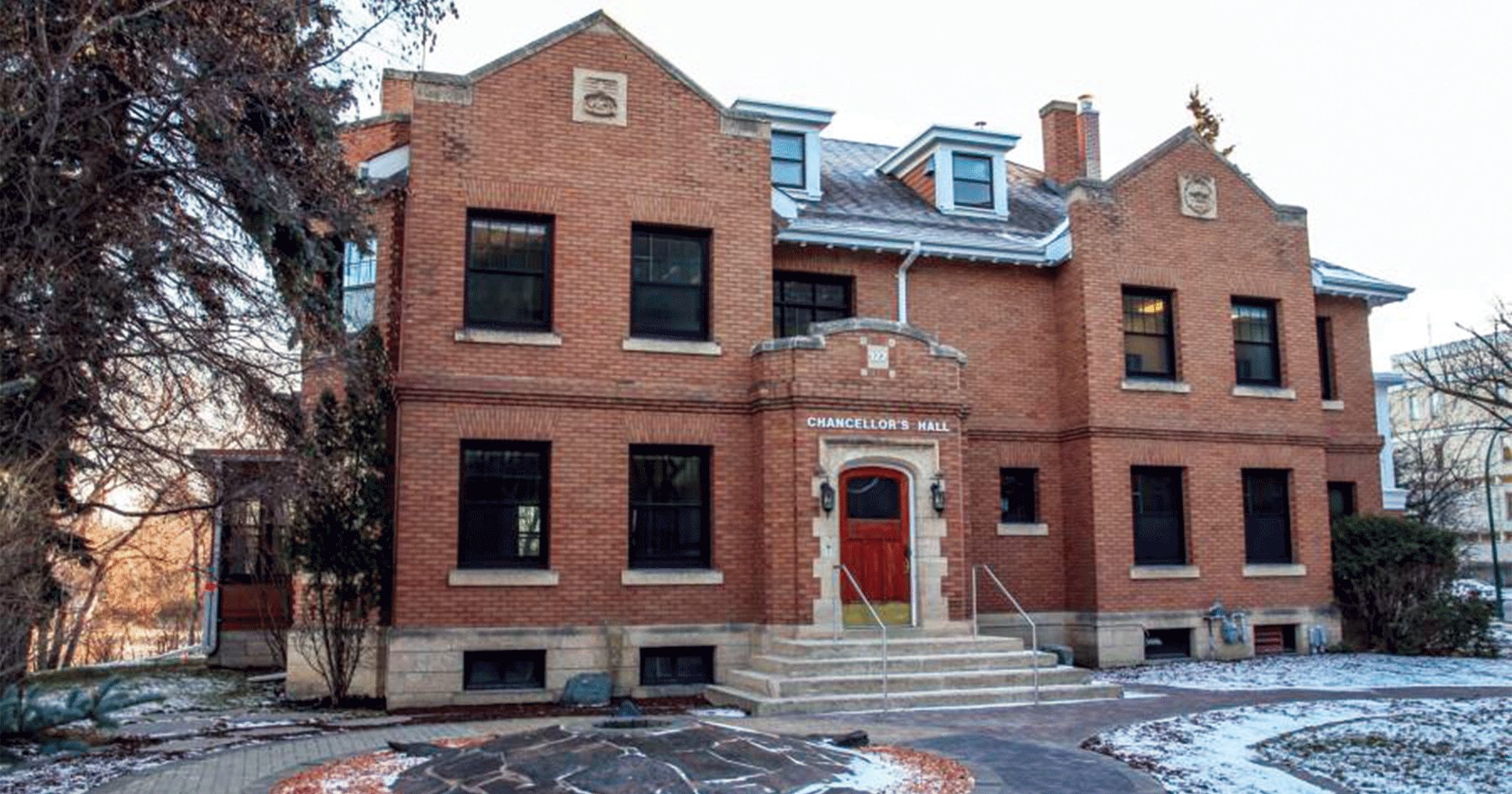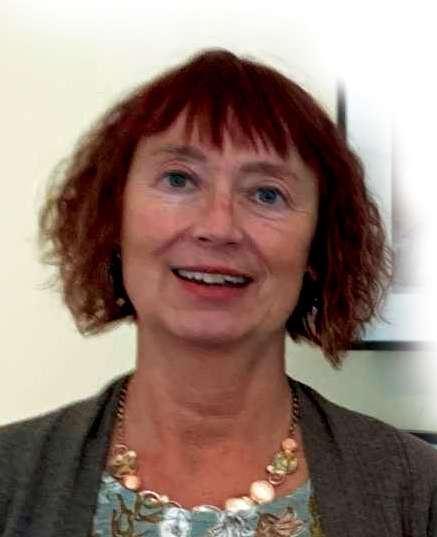First Steps Toward Reconciliation, Part 2 of 3
By the late 1980s, many residential school survivors began to come forward with stories of their experiences, including physical and sexual abuse and the impact of their loss of culture. Over the next twenty years, the Anglican Church of Canada would establish The Anglican Council of Indigenous Peoples, the Residential Schools Working Group, and the Indigenous Healing Fund to support local, community-led healing undertaken by Indigenous communities and groups.
In 1993, at the second national gathering of Indigenous Anglicans (now known as Sacred Circle), located at Kenora, Ontario, Archbishop Michael Peers, Primate of the Anglican Church of Canada, delivered an apology to all who suffered as a result of the Anglican Church’s role at residential institutions.
In the mid-1990s, former Indian Residential School students begin to file individual and class-action lawsuits against the Federal Government and church entities. Eventually there were over 12,000 claims, with Anglican organizations named in about 18% of these claims.
In March 2007, after years of negotiation, the Canadian government signed the Indian Residential School Settlement Agreement (IRSSA) with legal representatives of Survivors, the Assembly of First Nations, Inuit representatives, and church entities.
The Settlement Agreement called for the establishment of a Truth and Reconciliation Commission, which defined “reconciliation” as follows:
Reconciliation is about establishing and maintaining a mutually respectful relationship between Aboriginal and non-Aboriginal peoples in this country. In order for that to happen, there has to be an acknowledgment of the harm that has been inflicted
- awareness of the past
- atonement for the causes
- action to change behaviour.
Acknowledgment of the harm
In 2008, Primate, Fred Hiltz, reiterated the apology of 1993 and pledged the Church’s full participation in the work of the Truth and Reconciliation Commission.
In 2019, he delivered an “Apology for Spiritual Harm” to Indigenous peoples in Canada, laying out a confession of the ways the Anglican church demonized, dismissed and actively discouraged traditional Indigenous spiritual practices.
Awareness of the past: TRC Document Collection
Raymond Frogner, head of archives for the National Centre for Truth and Reconciliation (NCTR), says the most important reason to have these records is that they contain proof of what occurred. “A community that’s experienced collective trauma has the right to remember and the right to justice,.. And those are embodied in the records, to make sure the event is never forgotten,” he said.
All entities, including churches, which ran the schools were obliged to submit scanned copies of all relevant documentation. The Diocese of Kootenay archivist, along with a student funded by a Young Canada Works grant, scanned almost 2,000 documents over a five-month period and submitted them to the TRC in the fall of 2013. These documents are now held in the National Centre for Truth and Reconciliation at the University of Manitoba.
Survivor testimonies were gathered at seven events held in various Canadian cities between 2010 and 2014. Archbishop Hiltz joined Anglican and other church leaders in attending all seven events. Archbishop John Privett of Kootenay attended a regional event in Victoria in 2012 and a National event in Vancouver in 2013. These testimonies are also held at the NCTR.




